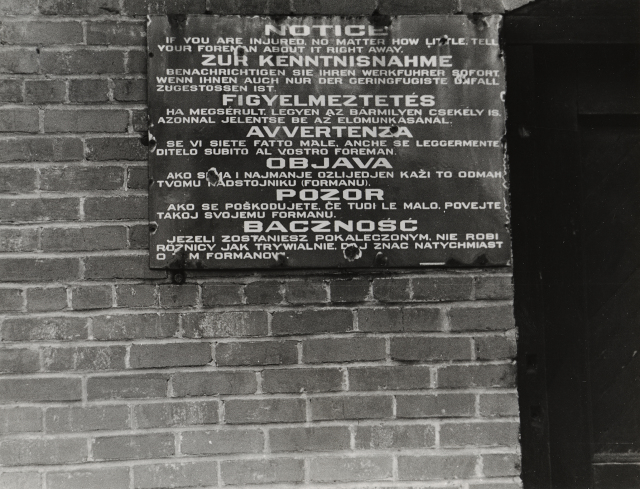Eastern European immigration to the US peaked between 1880 and 1920, and most people settled along the East Coast. A large percentage of these immigrants were Jewish, seeking better opportunities and an escape from rising antisemitism in Nazi-influenced Europe. They found plenty of work in American cities, but the jobs were often grueling and based on physical labor. Most immigrants worked in factories to support themselves and their families. By the 1930s, the United States had established workplace safety laws, but factory work still had risks. Therefore, most factories would have a sign like this one, reminding workers to report illness or injury to their bosses.
Eastern European immigrants saw America as more than just a good work opportunity. Many of them wished to start and raise families in the new country, rather than just send money back home across the ocean. This meant that women were just as likely to move to the United States as men were. This was very uncommon at the time. Ashkenazi (European) Jews were one of very few ethnic groups to have gender-balanced immigrants. Oftentimes, this resulted in families where both parents worked factory jobs, while the children went to school in hopes of attaining better careers in the future. For many families, this decision was a lifesaving one. Living in the United States protected them from concentration camps and the general destruction of World War II in their birth countries.
Multilingual Sign Activity Guide

